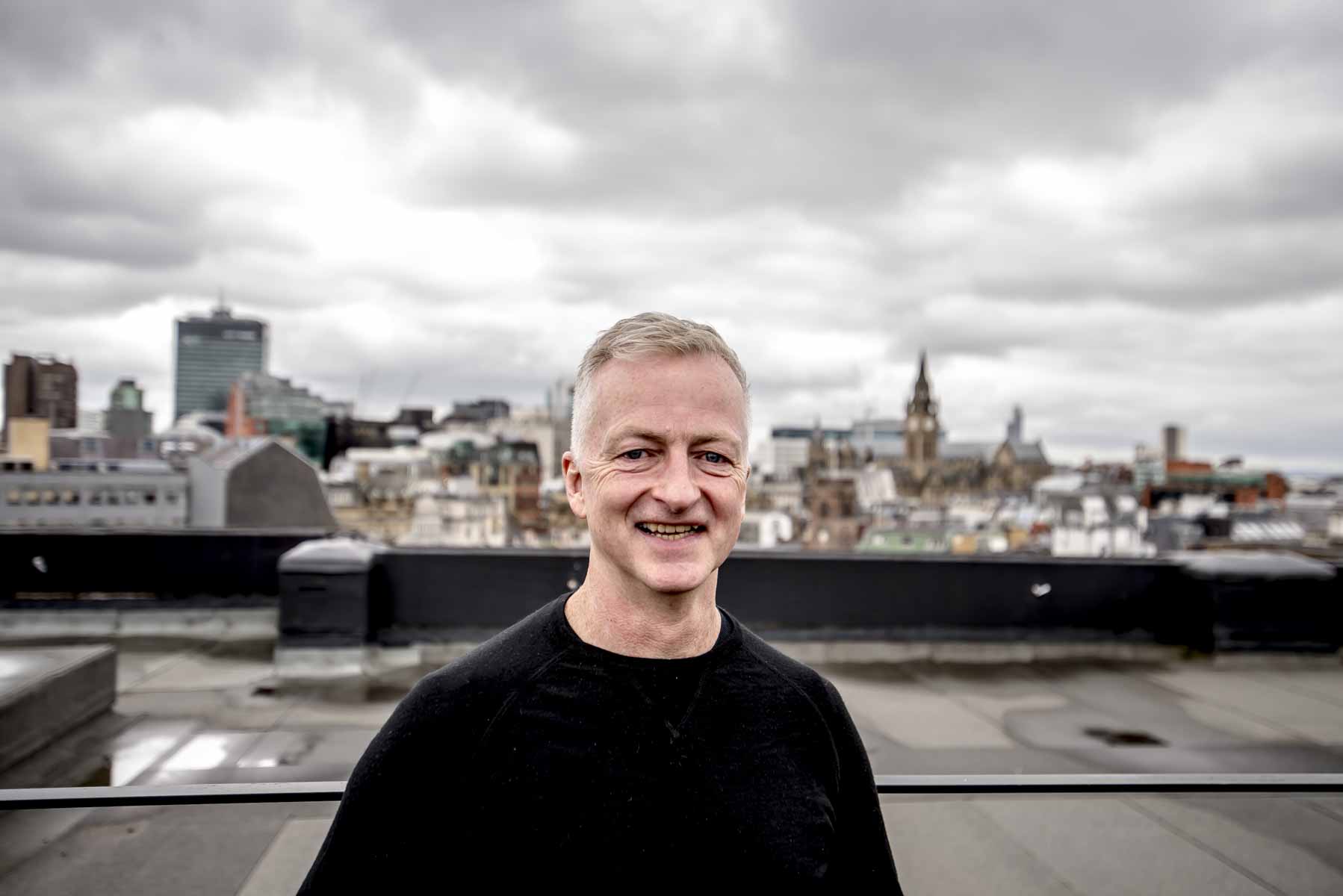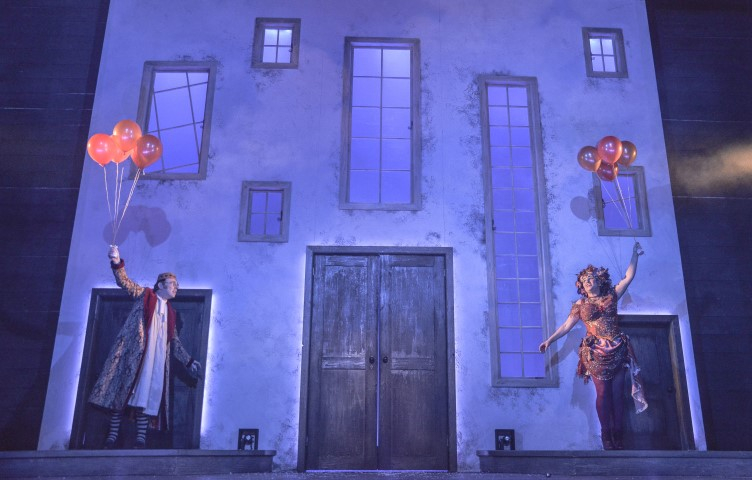Artists are not famous for being good with money. But as most rely on selling you stuff they can’t be strangers to the laws of the market either. For decades those laws have worked against the North: London has sucked in both artistic cash and talent. However, as this year’s eighth annual Manchester Contemporary, shows, the capital is no longer the only game in town.
The Manchester Contemporary and Buy Art Fair are two well-established affordable art events and are well worth a visit – if only to browse. Happily, they’re both free (provided you have pre-booked tickets) or you can pay £3 on the door.
The Contemporary is described by organisers as the largest outside London, and it’s only running for three days so the clock is ticking if you want to bag a bargain. Prices for originals range from around £50 to a few thousand.
Housed in the Old Granada Studios (itself worth exploring) near Spinningfields, it’s less an art gallery and more like Ikea. There are a lot of stands in several big rooms and there’s something to suit all tastes.
 The Buy Art Fair offers a wide range of different styles, from easy-going rural landscapes to pop-art for the dedicated Mancophile: Frank Sidebottom by up-and-coming graffiti artist Stewy and James Chadderton’s post-apocolytic Manchester scenes are two of my favourites.
The Buy Art Fair offers a wide range of different styles, from easy-going rural landscapes to pop-art for the dedicated Mancophile: Frank Sidebottom by up-and-coming graffiti artist Stewy and James Chadderton’s post-apocolytic Manchester scenes are two of my favourites.
The real draw however is the Contemporary. And with the launch of HOME, the reopening of The Whitworth, the coming of The Factory and the critical mass of artsy urbanistas and local wealth, there’s now the appetite for it too. The event grew every year through the recession and 2015 is bigger than ever.
“When I first said I wanted to launch the fair a lot of people in the art world were very sceptical,” Manchester Contemporary director Thom Hetherington tells me.
“They said ‘no one buys art in Manchester, there’s no market – whether it’s money or taste, or whatever, that’s why there’s no galleries’. But living in Manchester I felt it was the other way round. I thought no one bought art because there were no galleries.”
The Fair and Contemporary certainly provide galleries. And the good news is that you don’t have to be a complete culture vulture to enjoy them. You can also play the excellent game of ‘who’s going to be the next big thing?’ It’s like The X Factor for art. Is this the next Duchamp’s ‘Fountain’ or Emin’s ‘Bed’? If you believe in it, buy it – be the Northern Saatchi for a day. Actually the Northern Saatchi is called Frank Cohen – but more of that later. 
If I had to call it from this year’s show I would go for Paul Schneider. He’s asked artists to upload their designs to an Adidas trainer customisation app. Result: artistic trainers. Yours for £300. What could be more ‘now?’ And he’s won prizes.
Schneider is represented by a London art ‘collective’ (galleries are so last year, darling). Why have its owners come to the event? Apart from the chance to get around the country and show their wares they – and all the Southern-based galleries – gave me the same answer: it makes economic sense.
A tiny exhibition space at a contemporary art fair in London will set you back a couple of grand, it seems. Here a two-by-three metre space is less than half that. Plus there’s now the critical mass of people needed to make the investment back, with interest.
More than that, the exhibitors say many artists are now looking outside the capital because of another simple economic fact – the price of property. “They just can’t afford a space to make art in London,” I was told repeatedly. Making art is a messy business often requiring a lot of room. Not easy in hipster Shoreditch these days.
“There was always traditionally a brain drain to London and unfortunately we lost a lot of artistic talent,” Hetherington says. “But now more are deciding to stay in the North.”
The artistic Northern soul is certainly on display here. There are contemporary galleries and artists from places including Leeds, Blackpool, Sheffield and Middlesbrough. “Blackpool stands between us and revolution” trumpets one stall banner.
 The arts economy is also developing. The entrepreneurial Salford gallery space, Islington Mill, is experimenting with new ways of selling: you can now lease some of their pictures, rather than buy them outright. The Mill has never had a penny of public subsidy, the curator told me proudly.
The arts economy is also developing. The entrepreneurial Salford gallery space, Islington Mill, is experimenting with new ways of selling: you can now lease some of their pictures, rather than buy them outright. The Mill has never had a penny of public subsidy, the curator told me proudly.
And there’s money about. Salford-born Frank Cohen, former DIY-chain owner and now one of the world’s most influential art collectors – the ‘Medici of the North’ – was around on preview night, with gallery-owners watching the small figure, with his trademark sandy mop of hair and artsy glasses, like a hawk. There was also rumoured to be a billionaire patron of the arts flying in.
But as Hetherington says, it’s not the elites who will make Manchester’s artistic future. It’s the ordinary folks.
“The next step is about engagement and familiarity – being comfortable, talking about art.
“If Manchester wants to be taken seriously as a visual arts city it needs to create an art marketplace – more galleries, a successful arts fair, more transactions going on. Ultimately, if you want to support an artist, buy their work. It is the single biggest thing you can do.”
If I have one criticism about this year’s fair, it’s that I wasn’t really shocked, startled – there’s no Damien Hirst or Tracey Emin-style controversy going on. It’s mostly pretty family-friendly stuff. Still, give it a few years and the way things are going I expect to be choking on my Eccles cake very soon.
 What: The Manchester Contemporary and Buy Art Fair
What: The Manchester Contemporary and Buy Art Fair
Where: Old Granada Studios, Quay Street, Manchester
When: until September 27, 2015
Price: Free with a pre-booked ticket or £3 on the door; www.themanchestercontemporary.com; www.buyartfair.co.uk











